Gabrielle Watson
Audio Deepfake Perceptions in College Going Populations
Dec 06, 2021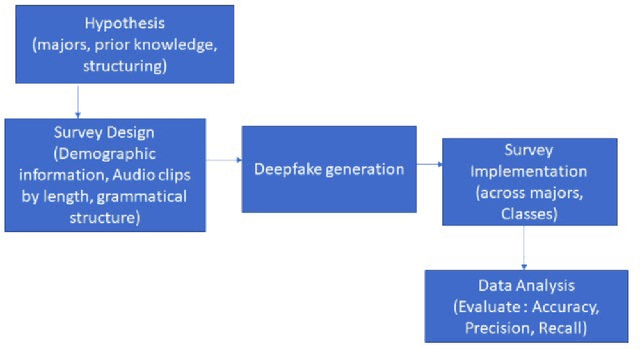


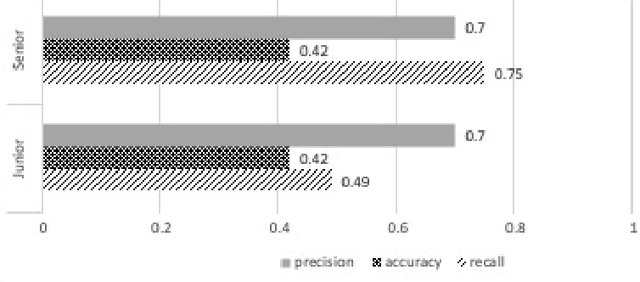
Abstract:Deepfake is content or material that is generated or manipulated using AI methods, to pass off as real. There are four different deepfake types: audio, video, image and text. In this research we focus on audio deepfakes and how people perceive it. There are several audio deepfake generation frameworks, but we chose MelGAN which is a non-autoregressive and fast audio deepfake generating framework, requiring fewer parameters. This study tries to assess audio deepfake perceptions among college students from different majors. This study also answers the question of how their background and major can affect their perception towards AI generated deepfakes. We also analyzed the results based on different aspects of: grade level, complexity of the grammar used in the audio clips, length of the audio clips, those who knew the term deepfakes and those who did not, as well as the political angle. It is interesting that the results show when an audio clip has a political connotation, it can affect what people think about whether it is real or fake, even if the content is fairly similar. This study also explores the question of how background and major can affect perception towards deepfakes.
How Deep Are the Fakes? Focusing on Audio Deepfake: A Survey
Nov 28, 2021
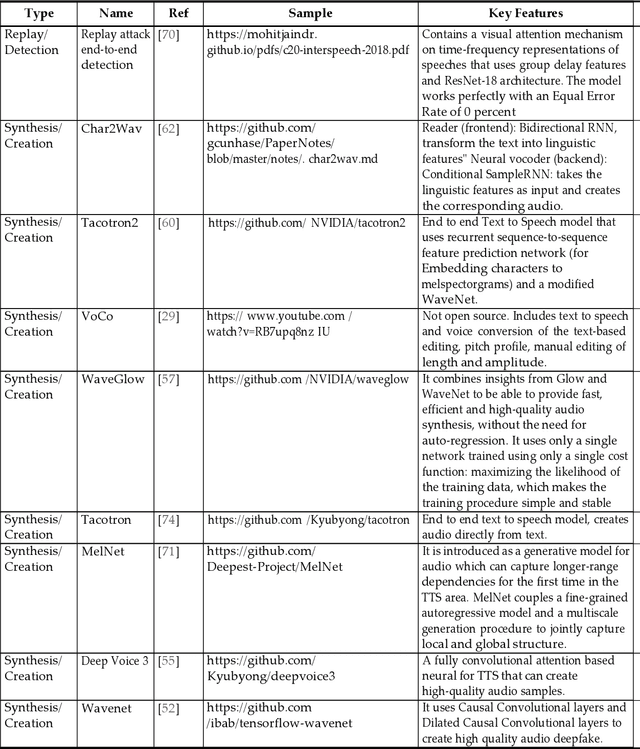
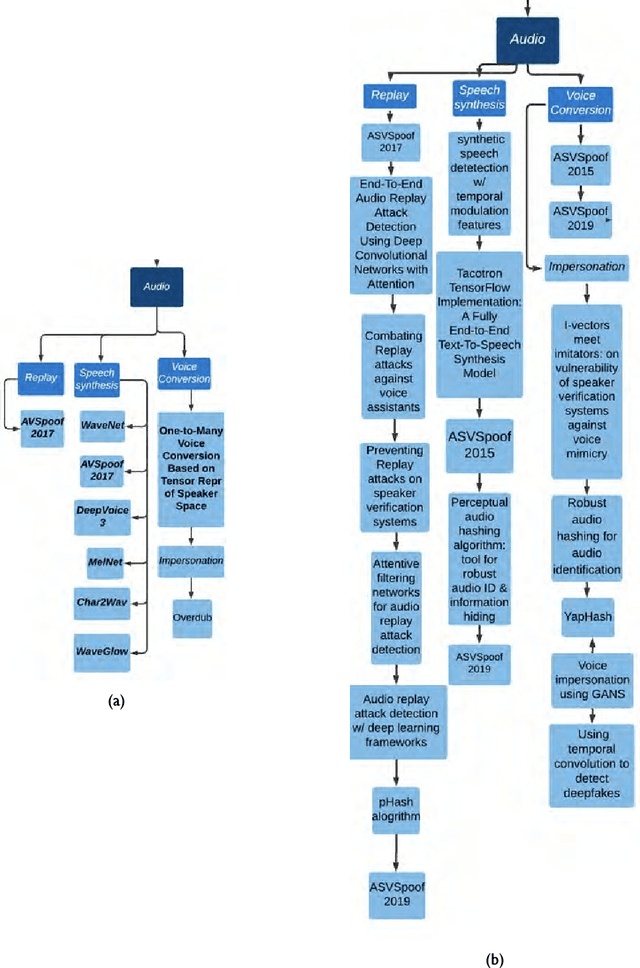
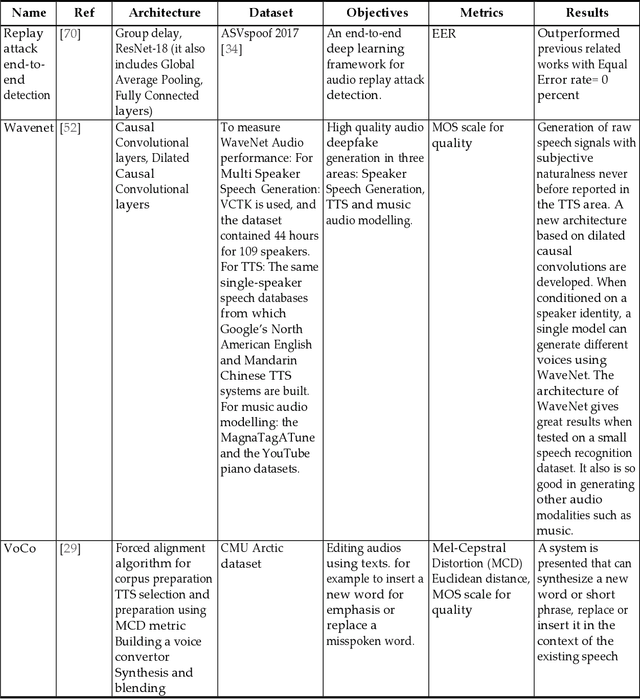
Abstract:Deepfake is content or material that is synthetically generated or manipulated using artificial intelligence (AI) methods, to be passed off as real and can include audio, video, image, and text synthesis. This survey has been conducted with a different perspective compared to existing survey papers, that mostly focus on just video and image deepfakes. This survey not only evaluates generation and detection methods in the different deepfake categories, but mainly focuses on audio deepfakes that are overlooked in most of the existing surveys. This paper critically analyzes and provides a unique source of audio deepfake research, mostly ranging from 2016 to 2020. To the best of our knowledge, this is the first survey focusing on audio deepfakes in English. This survey provides readers with a summary of 1) different deepfake categories 2) how they could be created and detected 3) the most recent trends in this domain and shortcomings in detection methods 4) audio deepfakes, how they are created and detected in more detail which is the main focus of this paper. We found that Generative Adversarial Networks(GAN), Convolutional Neural Networks (CNN), and Deep Neural Networks (DNN) are common ways of creating and detecting deepfakes. In our evaluation of over 140 methods we found that the majority of the focus is on video deepfakes and in particular in the generation of video deepfakes. We found that for text deepfakes there are more generation methods but very few robust methods for detection, including fake news detection, which has become a controversial area of research because of the potential of heavy overlaps with human generation of fake content. This paper is an abbreviated version of the full survey and reveals a clear need to research audio deepfakes and particularly detection of audio deepfakes.
 Add to Chrome
Add to Chrome Add to Firefox
Add to Firefox Add to Edge
Add to Edge